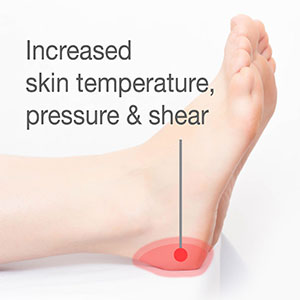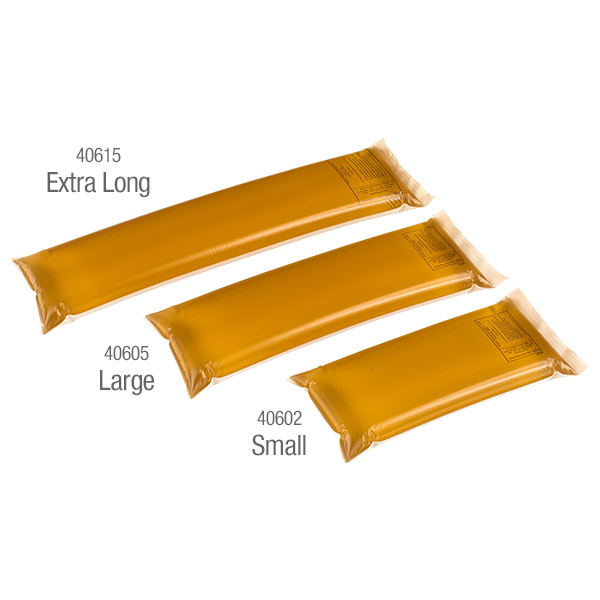The “time out” is one part of the Universal Protocol developed by the Joint Commission to prevent wrong-site, wrong-procedure, and wrong-person surgery. Each are considered never events by the National Quality Forum and sentinel events by the Joint Commission. The “time out” creates a culture of safety and has been shown to decrease patient injury and improve teamwork (JCAHO 2006).
Wrong Surgeries Up 26% in latest data
Reported wrong site, wrong procedure, wrong patient and wrong implant surgeries increased 26% in 2023, according to new numbers from The Joint Commission’s Sentinel Event Data 2023 Annual Review. Leading contributors to wrong surgeries cited in the report include:
- No or insufficient Time-Out procedures
- Preoccupation/task fixation limiting situational awareness
- No or inadequate shared understanding among team members




